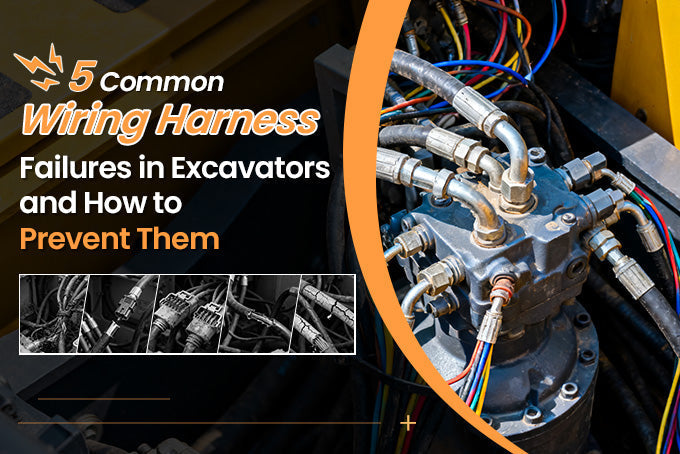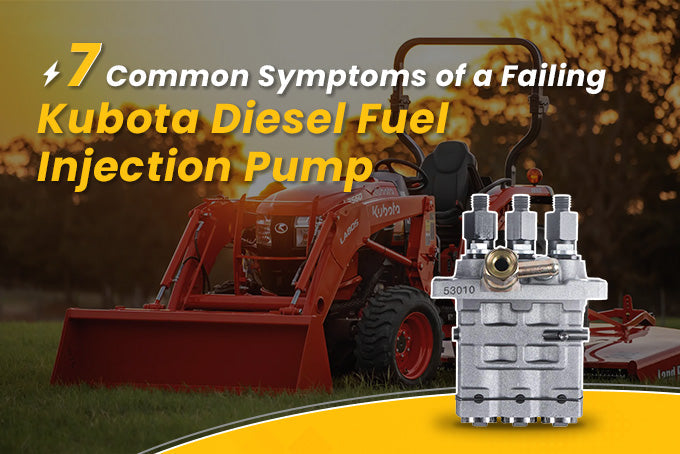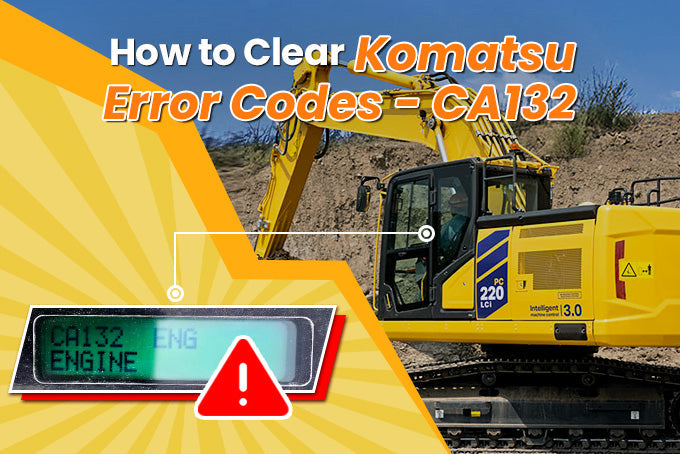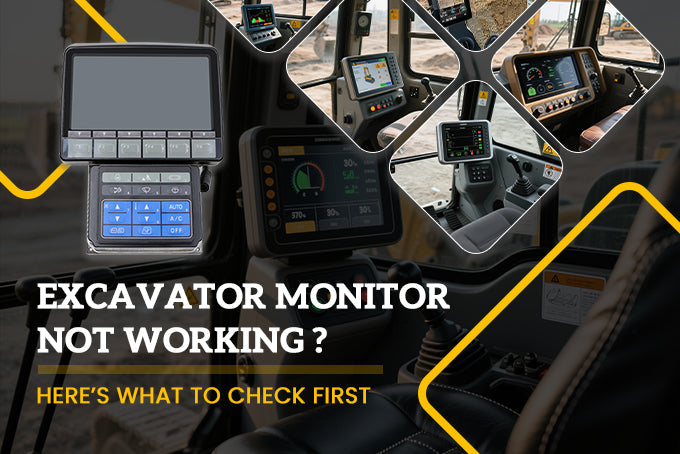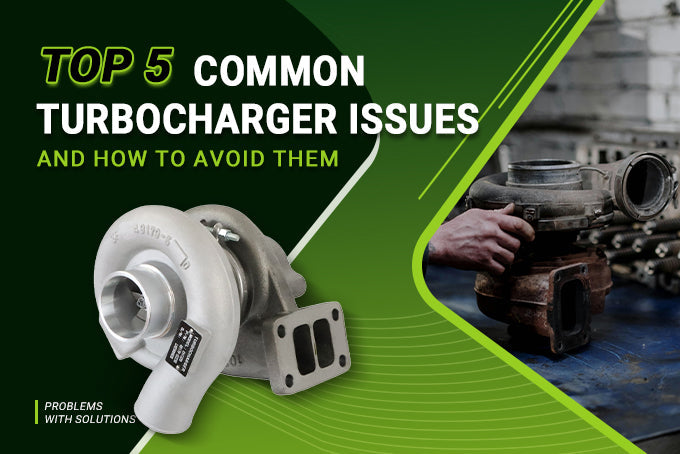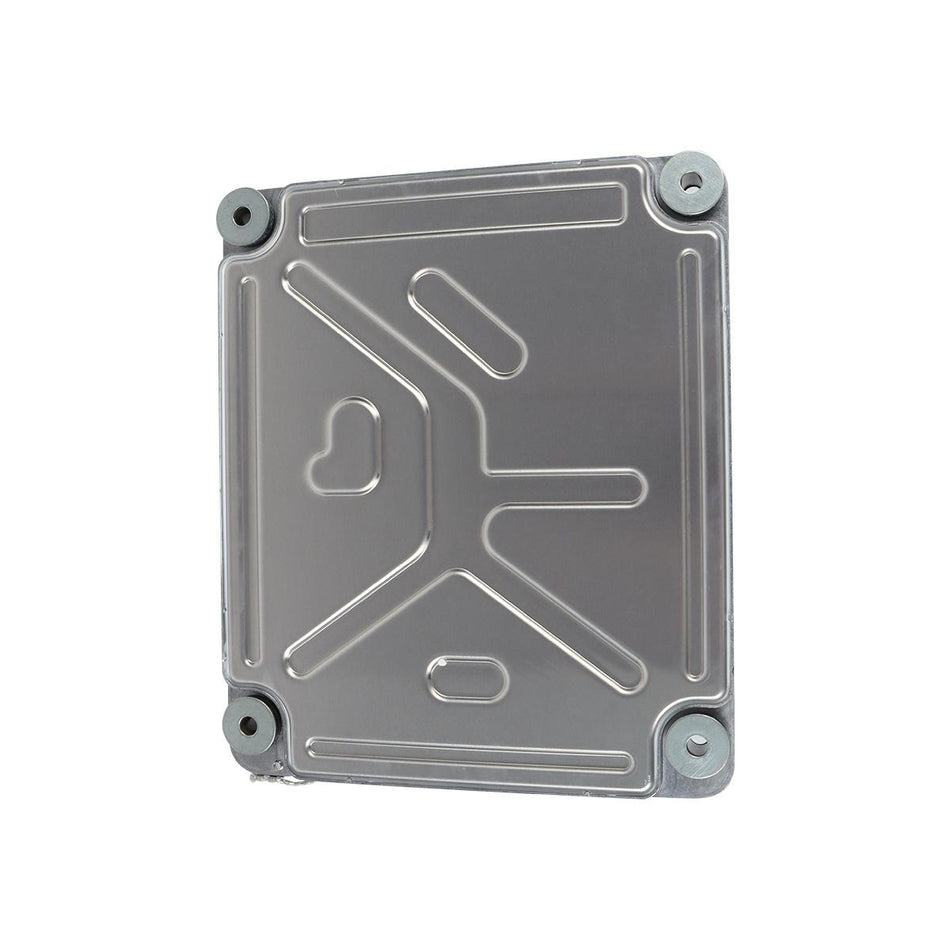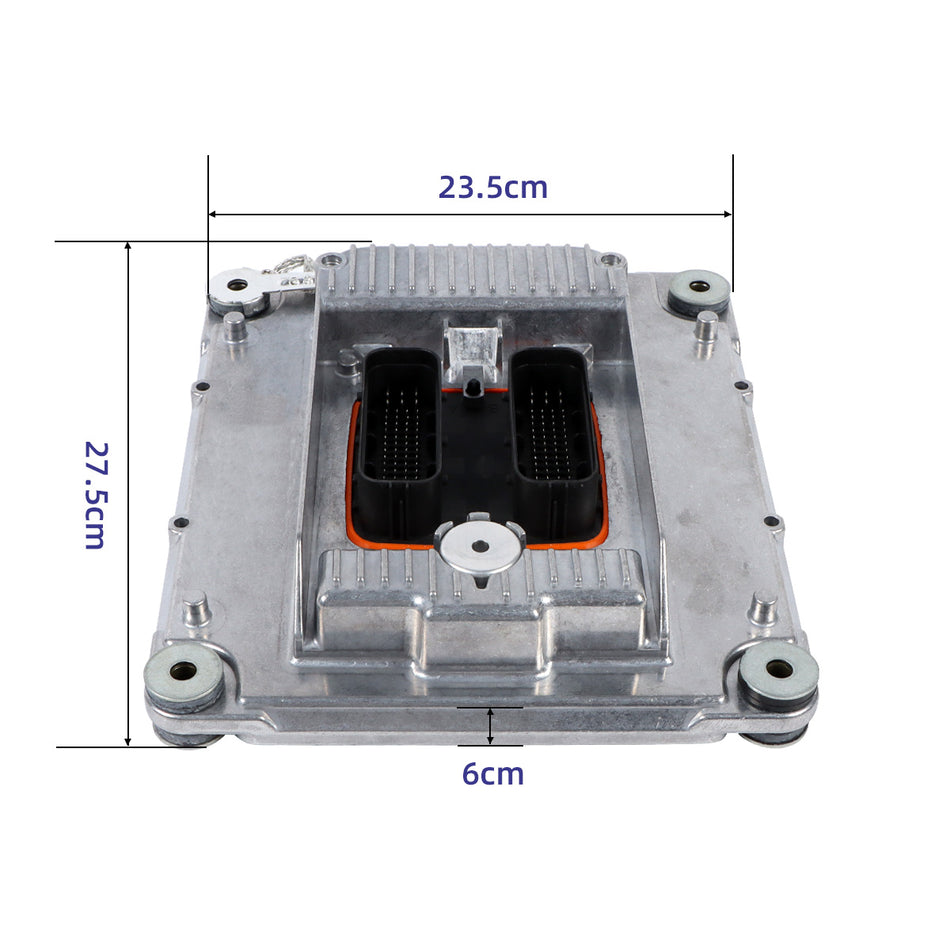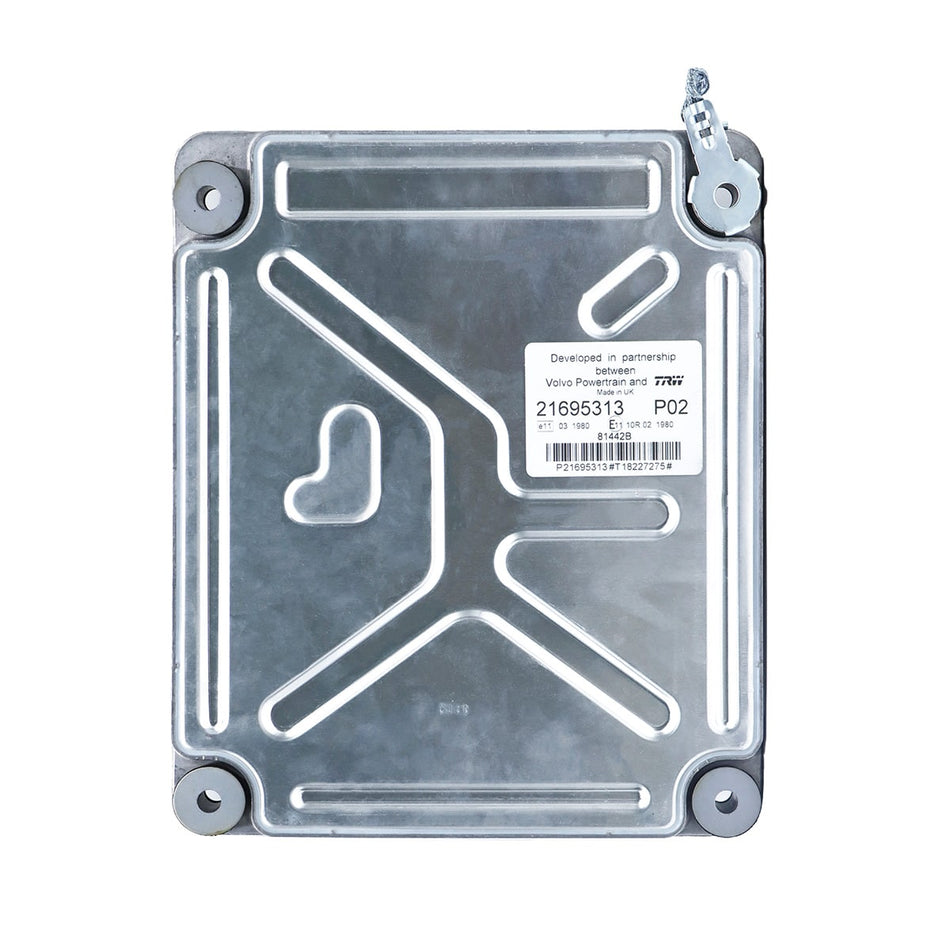There are roughly six types of faults in rolling bearings, namely: corrosion, friction, overheating, burns, wear, fatigue and peeling. Among them, wear and fatigue spalling are the most common forms of failure. The methods for fault diagnosis include: torque measurement method, rotational speed measurement method, temperature measurement method, oil analysis method, vibration method, and the like. Among them, the vibration method has strong applicability and good effect, and the test signal processing is simple and intuitive, and the most widely used.
- The inspection items in the fault identification operation include the rolling sound, vibration, temperature, etc. of the bearing. The main identification methods are as follows:
(1) Noise recognition requires a wealth of experience and should be done by a dedicated person. The sound of the bearing can be clearly heard by attaching the sound absorber or the listening stick to the outer casing. The size and sound quality of the rolling sound of the running bearing can also be detected by the sound detector to distinguish different faults.
The bearing noise mainly has the following types:
- Inherent noise. This is a kind of noise that the rolling bearing itself has, which is normal noise. Features: A smooth, continuous sound produced when the bearing rotates, the sound is small; when the speed changes, its main frequency does not change.
- Noise caused by assembly error.
- Raceway noise. Bearings produce random pulsating track noise when rotating, which is the main component of bearing noise. Features: The raceway noise will decrease as the machining accuracy of the raceway and rolling elements increases.
- Rolling noise. Roller bearings are prone to rolling noise. Features: It mainly occurs when the rolling element enters and exits the bearing zone; the lubricant is not easy to produce or the viscosity is extremely high; the roller bearing only bears radial force, and the radial clearance is easy to produce when it is relatively large.
- Cage noise. Cause: The sliding friction between the rolling elements and the cage, the cage and the guiding surface, and the noise generated by the collision between the cage and the rolling elements. Features: It has periodicity; when the cage is used to guide the cage, the instability of this movement is more serious. The stamping cage of the deep groove ball bearing is thinner, the radial and axial stiffness is lower, and the overall stability is poor. When the bearing rotates at a high speed, self-excited vibration is generated due to bending deformation, and a "beep" is emitted.
- Inclusion noise. About 14% of premature bearing damage is caused by pollution, and external impurities enter the bearing working surface causing non-periodic vibration and noise. Features: Randomness, especially for small bearings.
- Scar noise. According to statistics, 16% of premature bearing damage is due to improper installation or the use of appropriate installation tools. Features: The speed is constant, the noise frequency is constant; the speed is reduced and the period is longer. If high viscosity grease is used, the noise will be reduced. Analysis of the cause: If the noise is continuous, it may be injured in the raceway; if the noise is or is not periodic, the rolling element is damaged; if the rolling element is broken, it will produce "cracking sound, impact sound" .
- Lack of oil noise. Features: A “whistle of metal wear” is issued. If the load is heavy and the oil shortage is serious, “screams” may occur
(2) Vibration identification A piezoelectric acceleration sensor is usually mounted on the bearing to obtain a vibration signal, and then a signal analysis is performed by a computer to determine whether the bearing is faulty. The vibration generated by the rolling bearing wear has the same properties as the vibration generated by the normal bearing, but the amplitude of the worn bearing is significantly higher than that of the normal bearing. Therefore, as long as the vibration signals obtained by the sensors are compared, it can be determined whether the rolling bearing has a wear-type failure. If the vibration signal obtained by the sensor is abnormal, that is, the peak of the peak appears sharply after a period of time, it can be judged that the rolling bearing has fatigue peeling and pitting corrosion.
(3) Temperature identification The thermal sensor can be used to monitor the working temperature of the bearing at any time, and realize automatic alarm when the temperature exceeds the specified value to prevent accidents. This method is a comparative identification method and is only used when the operating state does not change much. High temperatures indicate that the bearings are in an abnormal state, so continuous monitoring of bearing temperatures is necessary. The periodic measurement of the bearing temperature can be by means of a thermometer (for example a digital thermometer).
(4) Lubricant state identification means that the lubricant is sampled and analyzed, and the degree of contamination is judged. This method is particularly effective for bearings or large bearings that cannot be observed close.
- The common types of damage for damaged type rolling bearings are as follows:
(1) The rolling elements (balls and rollers, etc.) and the inner and outer ring raceway surfaces wear and peel off, which causes the radial clearance and axial clearance of the rolling bearing to increase. The rolling bearing emits noise and heat during operation, and changes its cooperation. The correct working position of the shaft causes vibration. The initial stage of surface fatigue spalling is the appearance of pitting on the surface, and finally the development of a sheet-like surface layer. Both the bearing rolling elements and the inner and outer ring raceways are subjected to periodic pulsating loads, resulting in periodically varying contact stresses. When the number of stress cycles reaches a certain number, fatigue peeling occurs on the rolling element or the inner and outer ring raceway working faces. If the bearing load is too large, this fatigue will be exacerbated. In addition, the bearing is not installed correctly, the shaft is bent, and the raceway is peeled off. Fatigue spalling of the bearing raceways reduces the accuracy of the shaft and produces vibration and noise.
(2) The mating surface wear of the inner and outer rings is due to the fact that the inner and outer rings of the bearing are not assembled with the shaft and the housing hole, which breaks the cooperation relationship between the bearing and the housing, the bearing and the shaft, and further accelerates the bearing itself and the shaft with which it is matched. Or wear on the mating surface of the housing (commonly known as walking the inner ring or walking the outer ring).
(3) Isolation ring wear and looseness In the working, the isolation ring and the rolling elements (balls, rollers, etc.) rub against each other, and if the lubrication is poor, the wear is accelerated. After the isolation ring wears, the rolling elements are loose, and when it is serious, the isolation ring will fall apart and the rolling elements will fall off.
(4) If the burn is poorly lubricated or the lubricating oil does not meet the requirements, and the bearing clearance is adjusted too small, the bearing will heat rapidly during operation, and the working surface will be annealed due to high temperature. When viewed from the outside, the color of the bearing working surface is changed.
(5) Plastic deformation If uneven pits appear on the contact surface between the raceway and the roller, the bearing is plastically deformed. The reason is that the local stress of the working surface exceeds the yield limit of the material under the action of a large static load or impact load. This situation generally occurs on bearings that rotate at low speeds.
(6) Cracks in the race and cracks in the cage The cracks in the bearing race may be caused by over-tightening of the bearing, loosening of the outer ring or inner ring of the bearing, deformation of the bearing of the bearing, and poor surface machining of the mounted bearing. The cause of the cracking of the cage is insufficient lubrication, broken rolling elements, and skewed races. Severe wear of the raceway may be caused by foreign objects falling into the race, insufficient lubricant, or insufficient lubricant grades.
- Fault diagnosis
(1) Manually detecting the impact vibration caused by the rolling bearing fault from the impact point to the hemispherical wave mode, passing through the bearing parts and bearing housing to the box or the frame, because the frequency of the impact vibration is very high, through the parts The interface delivers 80% of its energy loss. Therefore, when listening to the vibration sound, the measuring point should be correctly selected. It should be as close as possible to the bearing bearing area of the bearing to be tested, and the intermediate link should be reduced. The shorter the distance from the bearing outer ring, the better. For example, if the thrust bearing has the strongest vibration signal at the bearing cover, the sound can be judged by the sound heard: "weng weng" sound indicates good condition; “Stalk” sound is internal or outer ring or rolling element rupture; Sound is the lack of oil in the bearing. The bearing can also be judged by the feeling of temperature and vibration: if the hand can only be placed at the bearing for 3 s, the bearing temperature has reached 60 ° C; the bearing gland overheating may be the bearing leaving the outer ring; if the bearing is locally hot or There is impact vibration, indicating improper bearing assembly or loose fasteners. Use the eyes to see: see if the paint on the bearing and the gland is discolored; whether the grease of the bearing is black or emulsified; observe whether the spacer is damaged; whether the rolling elements (balls, rollers, etc.) and the inner and outer races have cracks, Scars, pitting or ablation. If the isolation ring of the rolling bearing is found to be broken, notched, and the roller (bead) is removed, the bearing should be replaced. If the bearing is discolored by heat, the roller (bead) is unevenly worn, broken, etc., and should be replaced. When disassembling the rolling bearing, the rolling bearing should be cleaned first, and the quality can be judged by the external inspection, the idling test and the internal clearance measurement.
(2) The idling test holds the inner ring in one hand and turns the outer ring in one hand to make the bearing idling. The bearing rotation should be light and flexible, no noise, no jamming. If there is a percussion sound of "Kada" or "Kada", the ball (column) and the inner and outer raceways should be further inspected. If the ball and the seat are found to have serious pitting, peeling, cracking, etc., they must be replaced. If it is flexible, there is no blockage, but the noise of “hua, hua” is very large. It should be checked whether it is excessively worn. The inner and outer rings of the rolling bearing can be gripped by two hands, and the bearing can be pushed forward and backward. The clearance is large and the bearing should be replaced.
(3) Instrument monitoring Generally, vibration testing instruments are used to determine the trend of changes in the performance of rotating machinery. To achieve this, the amplitude and frequency of the machine's condition must be quickly and reliably detected, then compared to a standard reference, and depending on whether the measurement is exceeded, to determine if it is overhauled. The noise detection of the bearing can be used in the S0910-1 type, which is divided into Z1, Z2, Z3 and Z4 grades; the vibration detection instrument BVT-1 is divided into V1, V2, V3 and V4. When conditions permit, the radial and axial clearances can be measured with a dial gauge. When testing the radial clearance, the bearing should be placed on the flat plate. The dial gauge head is placed against the outer side of the outer ring of the rolling bearing. Then, the inner ring of the bearing is pressed with one hand, and the outer ring of the bearing is pushed radially by the other hand. The number of changes indicates the radial clearance of the bearing. When testing the axial clearance, the bearing outer ring should be placed on the two blocks, the inner ring should be suspended, and then a small flat plate should be placed on the inner ring. The dial indicator head should be placed in the center of the small plate, and then pushed up and down. The number of the circle and the needle change is the axial clearance of the bearing.
Above we mainly introduced several rolling bearing common faults and diagnosis. If you need to know about other brands or other the methods for fault diagnosis, please leave a message and we will reply to you as soon as possible.








